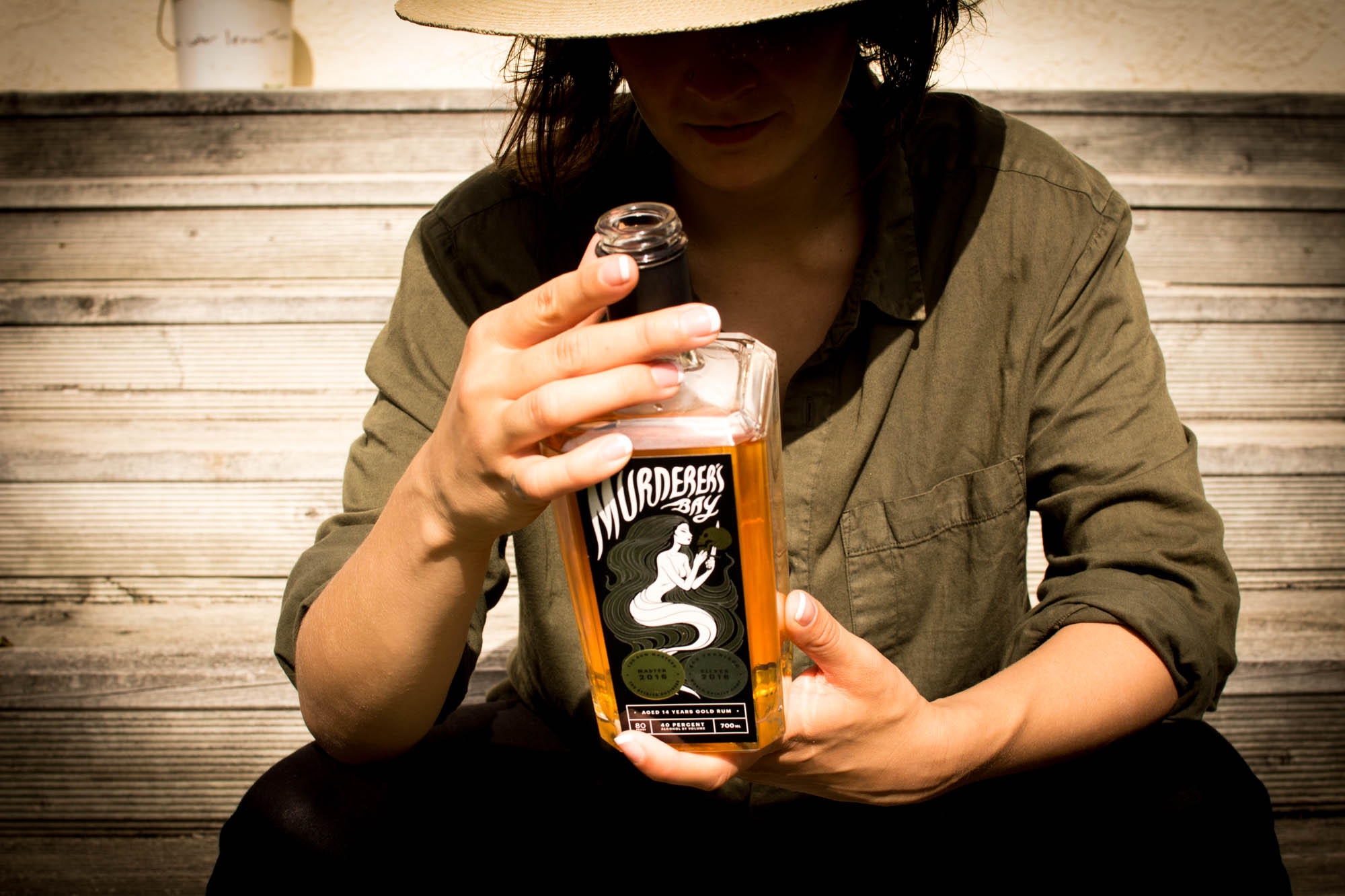Is this the year that rum finally breaks free from its past?
Rum has struggled to break away from its nautical foundings, with brands like Captain Morgan, Old Port and Sailor Jerry keeping the legend alive and countless other brands adopting pirate-themed branding on the bottle or in marketing materials. However, a new generation of craft producers are breathing life back into what was once a sailor’s drink – and these brands certainly wouldn’t appreciate being watered down with beer.
“With dark, golden and spiced rums, there are a lot of new brands coming to the market,” said Mintel drinks analyst Chris Wisson. “A lot of these brands are very modern, very edgy, fashionable – they are quite impactful off the shelf. That’s what’s attracted a lot of younger drinkers.”
According to Mintel, volume sales of rum rose by 40 percent between 2010 and 2015, roughly matching the rise of craft spirits although lagging behind gin and vodka. Overall the craft market showed massive growth – spirits positioned as ‘craft’ accounted for 15 percent of global spirit launches in 2016, up from five percent in 2011. Craft producers are responding to a demand for authentic, locally produced and more interesting spirit brands. In the US and Europe, roughly half of consumers are willing to pay more for what they perceive to be premium brands. It is millennials that are driving this growth.
“Millennials are a driving force behind the growth of craft spirits, having taken their ‘creative’ and ‘unique’ ethos into their spirits-buying habits,” said Mintel Global Drinks analyst Jonny Forsyth. “Rather than wanting to affiliate themselves with bigger brands, Millennials often seek to define themselves by more niche, higher quality brands with a quirky backstory; and ideally, they are brands their peers have not even heard of.”
It is worth noting that these figures refer to sales of dark, golden and spiced rum, with Mintel even going so far to label white rum as one of its ‘Losers’ in 2016. White rum has been plodding along at the same rate it always has, primarily due to the market being skewed heavily in favour of younger drinkers and youth-oriented brands like Bacardi happy to stay in their lane. White rum, according to Wisson, isn’t bringing anything new to the taste experience and has largely been ignored by craft producers.
In New Zealand, craft spirit producers are experiencing a renaissance. Figures from Nielsen show that craft spirits are experiencing huge growth in the New Zealand market, surpassed only by craft beer in growth over the last five years. Success which has previously been seen only in premium vodka is now being observed across the board, especially in gin, with rum set the be the next big thing.
Traditionally the tipple of sailors, and with an enduring association with the Caribbean, local spirit producers appear to be in two minds about whether or not to embrace the pirate narrative. As a nation surrounded by water New Zealand has always had an association with rum drinking, but not so much with rum production. Murderer’s Bay rum, distilled in Takaka, plays into traditional pirate imagery with a mermaid holding a skull, but the name refers to a historical event which took place in Golden Bay in the early days of European exploration of New Zealand. The founders of Stolen Rum made the conscious decision to reject any connection to New Zealand, apart from a small address on the label, with designer Kelvin Soh comparing the branding to that of 42 Below.
“In terms of the brand DNA, Stolen couldn't be further away from 42 Below, which has this very classic brand architecture, always talking about New Zealand, about its geographic location,” said Soh. “Stolen is the complete opposite. We don't talk about New Zealand at all. It's a very deliberate gesture on my part. To wrap a New Zealand story around a rum would have been completely false.”
Ben Bonoma and wife Sarah launched the Dancing Sands spirits label in early 2016, where they distil Murderer’s Bay Rum alongside their craft gin brand, Sacred Spring, and Dancing Sands Vodka.
“Craft spirits, because of the high price point, tend to appeal to professionals right through to the oldies,” he explained. “While we see millennials showing a genuine appreciation of the products, it tends to be more in the gifting side of things that we access the younger demographics.”
“We started the business at what I consider the start of the craft spirit boom in New Zealand,” Bonoma said. “We’re seeing it more in the gin space. More than 30 producers have entered the space since 2016, but certainly the appreciation for craft spreads across all of our products.”
However, it seems like New Zealanders haven’t quite caught up with the craft rum fuss.
“We are actually seeing a larger demand for the rum in the markets that have mature craft spirit scenes – the United Kingdom, Australia to name a few – than in New Zealand. I believe that the appreciation for craft rum has not fully hit New Zealand as of yet, but once the gin wave peaks rum will be the next cab off the rank. That’s certainly the global trend at the moment.”
Bonoma believes that craft spirits are following the broader food and beverage trends of people wanting to know more about the provenance, understand the origin of ingredients, traceability, and hear the story behind the makers.
“While there will always be a place for the big brands and those brands who contract distil but do not own their brick and mortar, craft is certainly on trend for the time being.”






